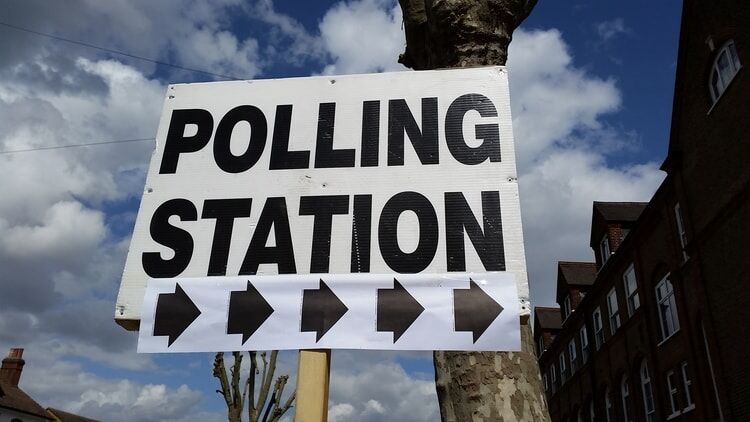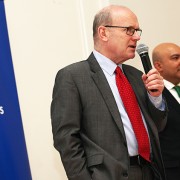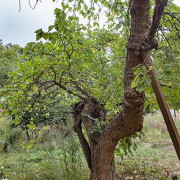
Polling station in Lewisham Pic: RachelH_ (Flickr)
The turnout rate for east London has risen steadily over the past 10 years, to the point where it is now just at the national average. But with four out of every 10 electorates staying at home, there is still more to be done.
In the 2015 general election, Croydon exceeded the national average with a turnout of 66.9 per cent compared to the nation’s 65.1 per cent. Lewisham matched the average at precisely 65.1 per cent, but Tower Hamlets and Hackney were still below it with 63.4 and 56.3 per cent respectively.
With this year’s General Election being the third time in two years the nation is going out to vote, turnout rates are expected to be even lower.
Hackney
Hackney, like many big boroughs, has been split into two constituencies; Hackney North and Stoke Newington, and Hackney South and Shoreditch.
Hackney North and Stoke Newington was established in 1950 and has been represented by Diane Abbott since 1987. Hackney South and Shoreditch was formed much later, in 1974.
Since the creation of Hackney South, the two constituencies have always had similar turnout rates, with the biggest difference being in 2004 when the turnout in Hackney North was four per cent higher.
Overall turnout rates in Hackney North have been higher, but the biggest shock comes when looking at how much lower the turnout is for both constituencies when compared to the national average.
The biggest difference, since the creation of Hackney South, was in October 1974 when the turnout for the borough reached 54.6 per cent compared to the national 72.6 per cent.
Voter apathy in Hackney could be explained by the fact that it’s a Labour stronghold.
Tower Hamlets
Only once has a Tower Hamlets constituency had a higher turnout than the national average. In 2005, the turnout for Poplar and Limehouse was 0.5 per cent above the average. That same year, Bethnal Green and Bow also saw a huge dip in turnout when only just over half its constituents voted.
Like Hackney, Tower Hamlets has always been a Labour stronghold. Paired with fraudulent local elections, a disgraced mayor who committed electoral fraud, it’s not hard to understand why voter apathy is high in the borough.
Lewisham
Although still below, Lewisham has historically come much closer to the national average than the two east London boroughs. Its oldest constituency, Lewisham West and Penge, often rose above the national average. After a brief drop in the early 2000s, it just about matched the national average again in 2010.
Lewisham’s other two constituencies, Lewisham Deptford, and Lewisham East, were both established in 1974 and are of a similar size. Yet, until 2015’s general election, Lewisham East has always had a higher turnout than Lewisham Deptford.
The reason for this is twofold; firstly Lewisham East covers two of the borough’s more upmarket areas; Blackheath and Grove Park. Affluence and voter turnout are linked, which can also be seen when looking at some of London’s wealthier constituencies, where a turnout of over 75 per cent is not uncommon.
Secondly, Grove Park regularly elects Conservative councillors in local elections, dividing the borough which largely votes Labour. This could make the importance of voting seem higher compared to constituencies which are dominated by one party.
Croydon
This final constituency has the best turnout rates of these four east London boroughs. One of its three constituencies, Croydon South, almost always has a higher turnout than the national average. Croydon Central is the only battle ground out of the 10 east London constituencies, and in 2015 when the Conservative candidate narrowly won by 165 votes, turnout rates reflected the importance of a vote in this constituency.
Croydon North has a much lower turnout than the borough’s other two constituencies. This could be explained by the fact this constituency was established in 1997 and the other two much earlier, in 1974. With other boroughs there has been a similar correlation of ‘younger’ constituencies having lower turnout rates. But the low turnout could also be caused by its density in population, the fact that it’s a Labour safe-seat or because it’s the poorest out of the three.




